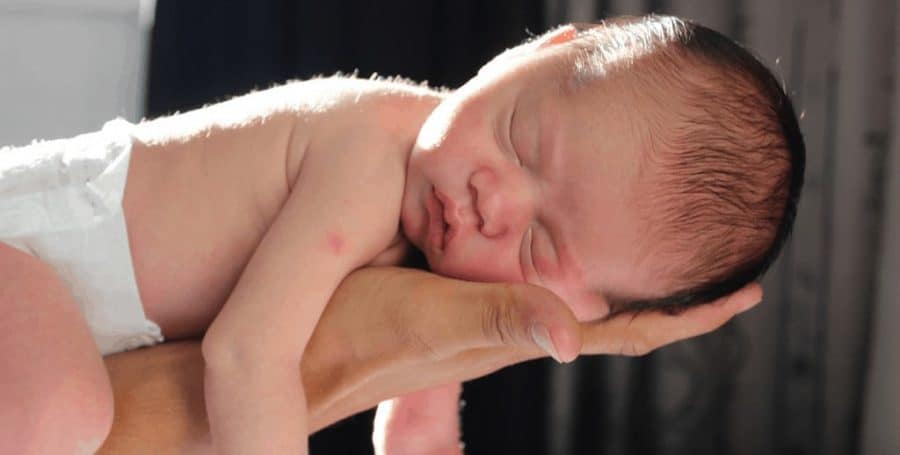New University of British Columbia research is challenging a longstanding assumption that a baby’s gut microbiome is primarily shaped by their mother’s vaginal microbiome, while shedding new light on the factors that do influence its development.
When babies are born, their gut is a nearly sterile environment. But that quickly changes as the infant’s digestive tract becomes home to trillions of microbial cells throughout their early development. This gut microbiome is an important part of overall health and alterations early in life have been associated with negative health outcomes later on, including asthma and obesity.
It has long been assumed that birth mode and exposure of newborns to their mother’s vaginal microbiome during delivery greatly affects the development of a baby’s gut microbiome. This has given rise to practices like vaginal seeding, which aim to expose babies born via C-section to their mother’s vaginal microbiome.
The new study, published this week in Frontiers in Cellular and Infection Microbiology, examined this interplay. The findings show that, contrary to popular belief, a mother’s vaginal microbiome composition does not significantly affect their baby’s microbiome development.
“We show that the composition of the maternal vaginal microbiome does not substantially influence the infant stool microbiome in early life,” said Dr. Deborah Money, a professor of obstetrics and gynecology at UBC and the study’s senior author. “It does not appear that exposure to maternal vaginal microbiota at the time of vaginal birth establishes the infant stool microbiome, suggesting that there is no rationale for vaginal seeding as a practice.”
The researchers say that a number of other factors are more influential in shaping an infant’s gut microbiome.
“From this study and other follow-up work, we were able to show that transfer of vaginal bacteria to the infant gut is limited, and that the maternal vaginal microbiome is not a large contributor to the bacterial community that develops in a baby’s gut after birth,” said Scott Dos Santos, a PhD candidate at the University of Saskatchewan and the study’s first author. “On the contrary, other maternal sources like breast milk and exposure to the environment likely play a much larger role.”
The study is part of the Maternal Microbiome Legacy Project, a collaboration between researchers at UBC, the University of Saskatchewan, and the Women’s Health Research Institute at BC Women’s Hospital and Health Centre. The project recruited more than 600 Canadian women who planned to deliver both vaginally and via C-section, making it one of the largest mother-infant cohort studies to date.
Participants were recruited from three hospitals across B.C. — BC Women’s Hospital, Surrey Memorial Hospital and University Hospital of Northern BC. Maternal vaginal swabs were collected prior to delivery, and stool samples from the babies were collected within 72 hours of delivery, as well as at 10 days and three months after birth.
The scientists found that regardless of birth mode and exposure to maternal microbiome, mothers’ vaginal microbiome composition does not predict the composition of babies’ stool microbiome at 10 days or three months after birth.
One of the study’s co-authors, UBC PhD student Zahra Pakzad, is conducting further work to analyze the breast milk microbiome and better understand its relationship with infants’ gut microbiome.
“We had the opportunity to have conversations with hundreds of our participants on their postpartum experiences with breastfeeding and formula feeding, which further motivated us to understand the breast milk microbiome,” said Pakzad. “If we find this microbiome to be a significant contributor to infant gut microbiome development, this could help with development of better infant probiotics and formulas.”
The scientists did find statistically significant differences in microbiome composition by mode of delivery. To investigate how these might be explained, they looked at clinical factors.
“The differences we found between infants stool microbiome composition by mode of delivery in early life seemed to be primarily influenced by exposure to antibiotics around the time of birth,” said Dr. Money. “This is something we hope to look into further. It’s important that we understand other factors that influence the gut microbiome development, including breast feeding and antibiotic exposure, because the microbiome has such a large impact on a child’s overall health.”


